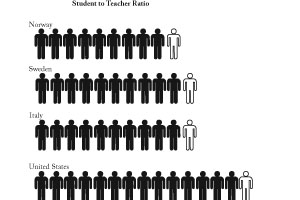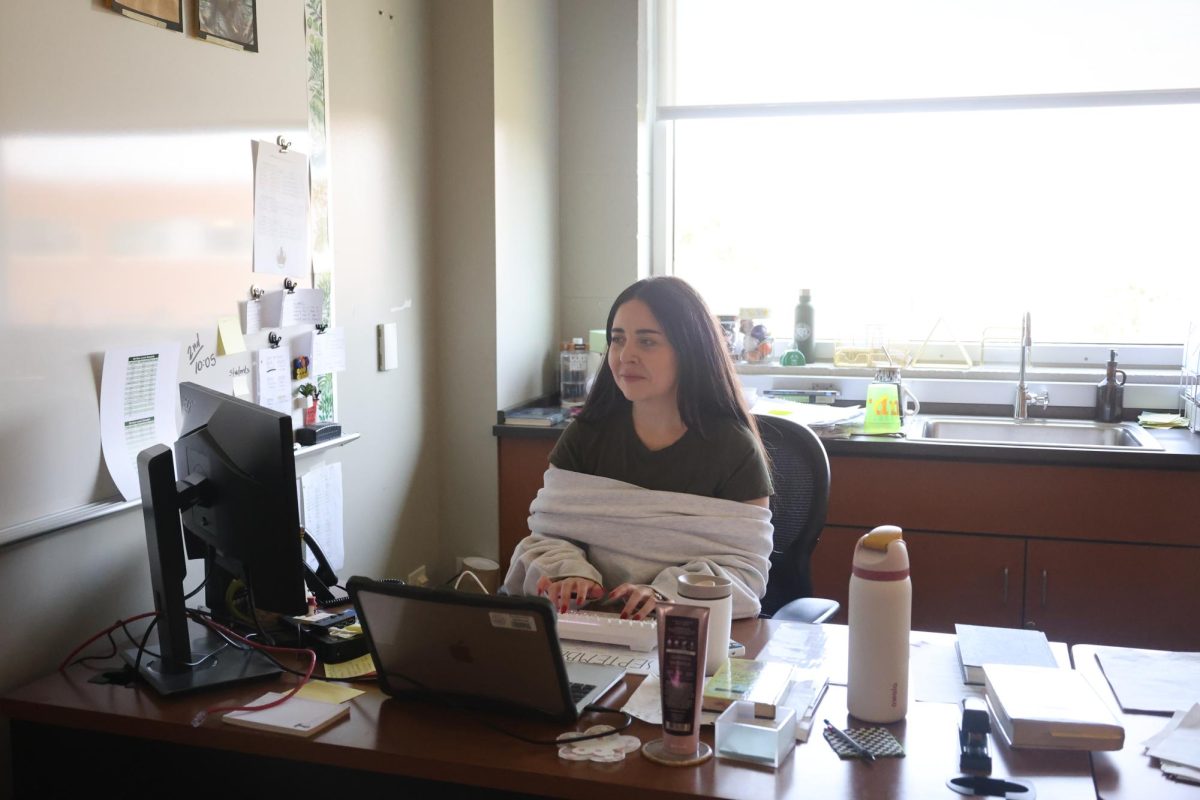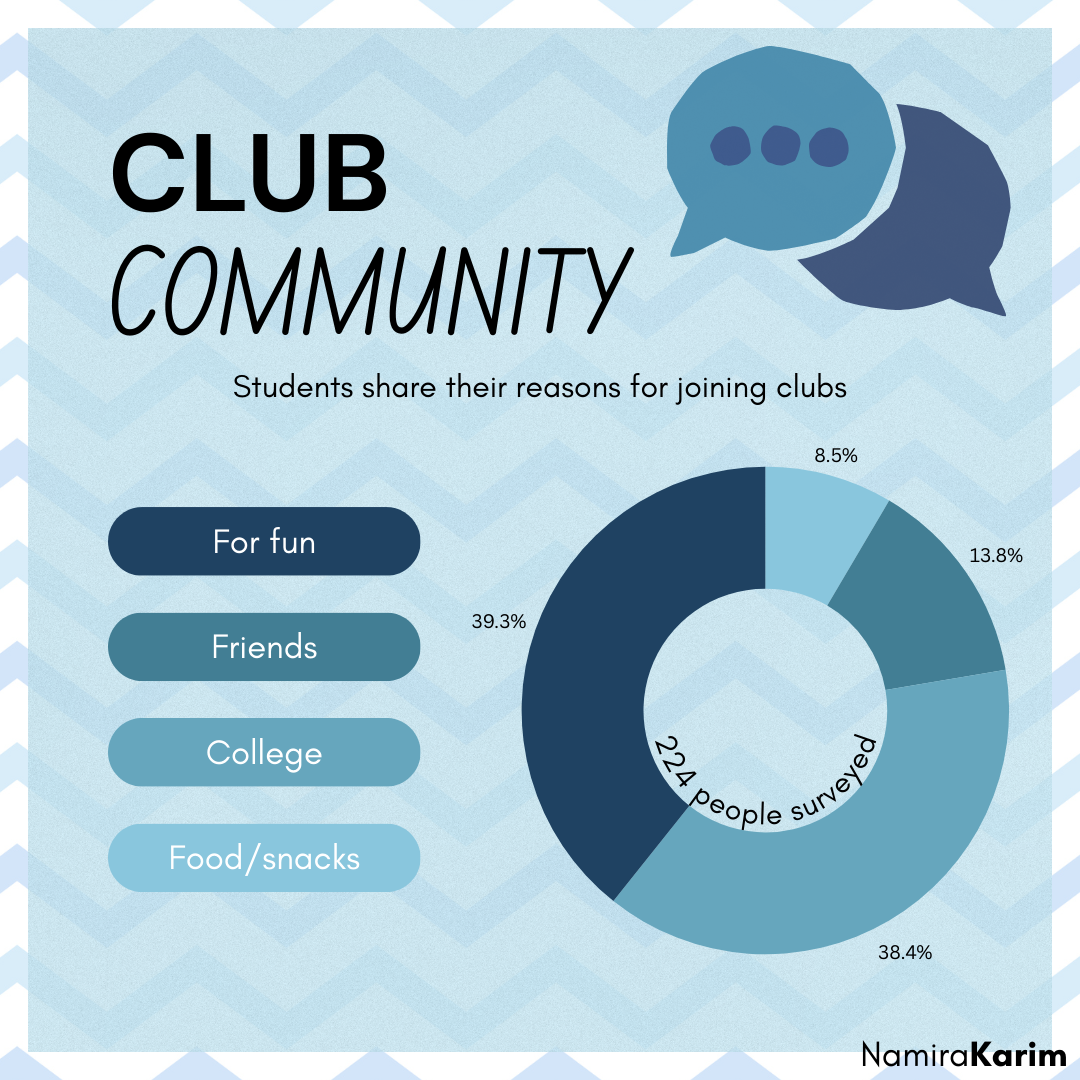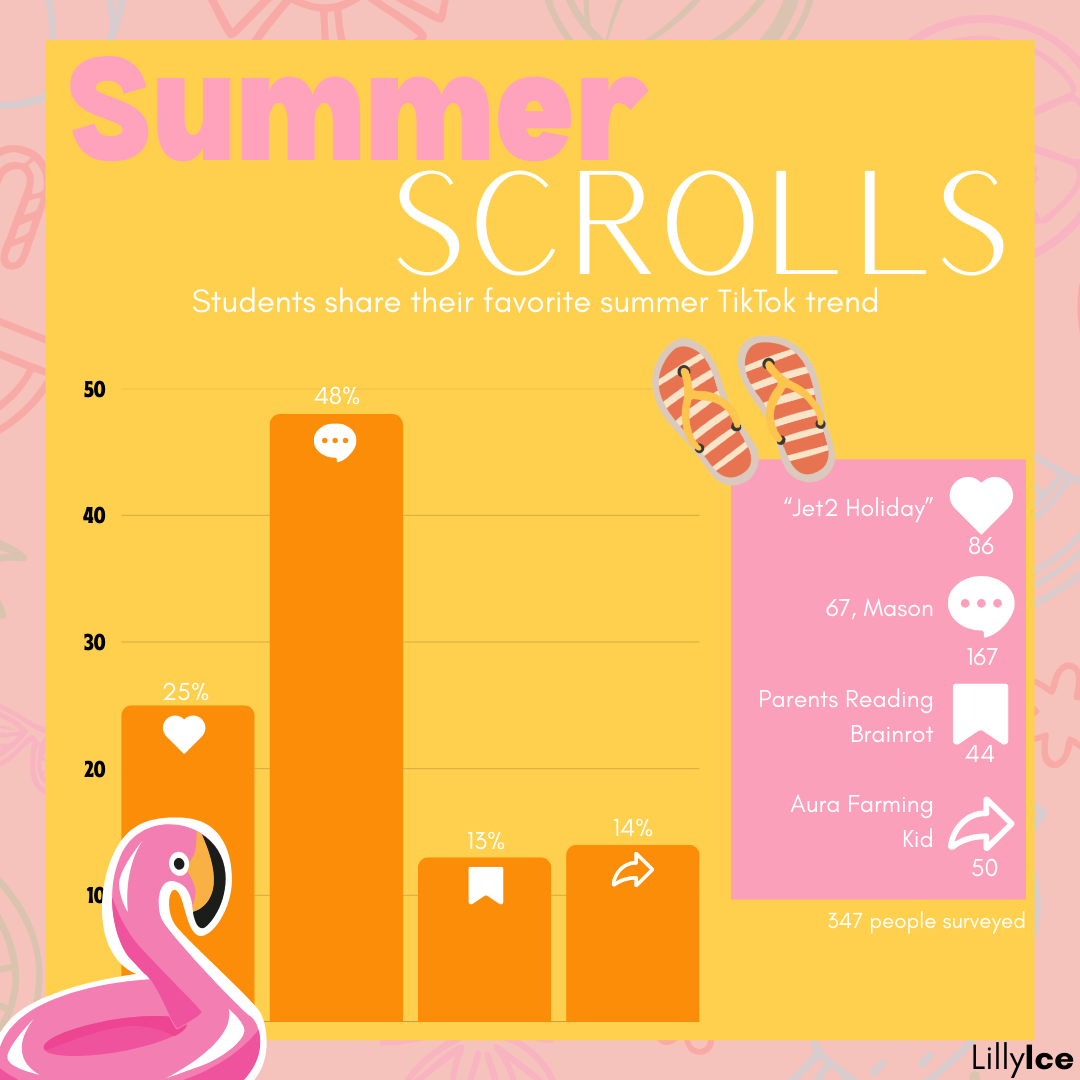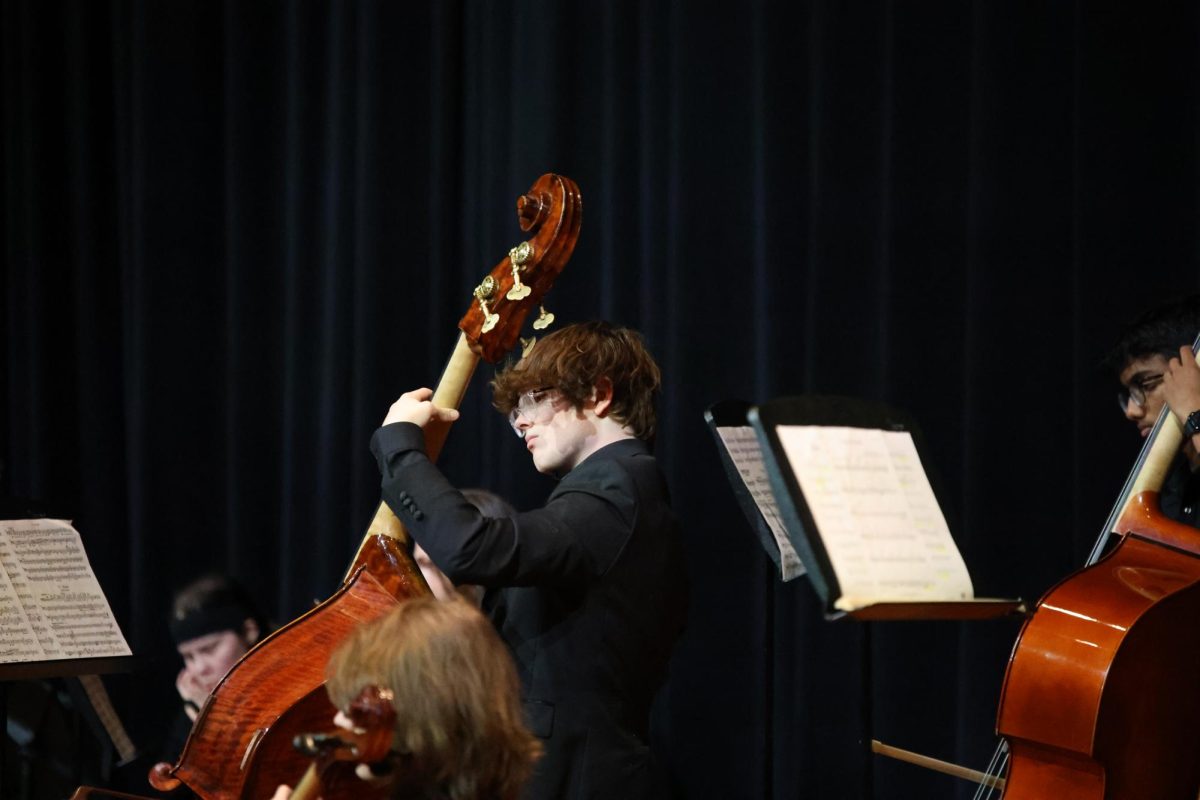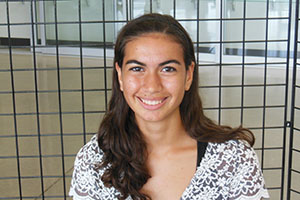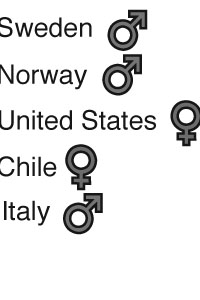
*No sports through school
*Same class sizes
*Don’t change classes
*Choose a “path” once in high school: instead of picking new classes each year you decide what type of career you might be interested in and then all of your classes are put in place for you
*Their 12th graders are 2 years older
*If you get in trouble you get a lecture from the head teacher
*Only basic academic subjects such as math, science, and languages
*No standardized testing
*College is similar in length
*Similar grades
*Homemade food at lunch
*Less school spirit
Italy
Senior Benedetta (Benni) Mattei
*No clubs or activities through school
*No sports through school
*Same class sizes
*Don’t change classes; teachers switch out of classroom
*Choose a “path” once in high school: instead of picking new classes each year you decide what type of career you might be interested in and then all of your classes are put in place for you
*5 years of elementary school, 3 years of middle school, 5 years of high school
*If you get in trouble you get a lecture from the head teacher
*Only basic academic subjects such as math, science, and languages
*No standardized testing for college, just for comparisons
*College is similar in length
*School much harder
*Don’t each lunch at school
*Less school spirit
*Private schools/colleges not nearly as good as public schools/college; people really want to get into public college and go to a public school
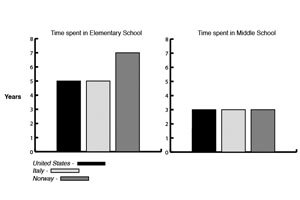
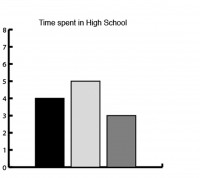
Norway
Senior Cathrine Ruud
*Certain special schools have music programs or art or dance etc.
*No sports through school
*Same class sizes
*Do change classes; 5 or 6 hours a day
*Choose different classes each year once you get to high school except some classes are required and some you sign up for more than one year
*7 years of elementary school, 3 years of middle school, 3 years of high school
*You get a separate grade in behavior and if you get in trouble you get a “mark”
*Only basic academic subjects such as math, science, and languages at traditional high school
*No standardized testing for college, just for comparisons “National Test” usually middle school
*College is similar in length but each school is career specific (3-7 years long)
*School much harder
*There is a lunch break at school but you can go wherever you want for lunch it’s more expensive and there is similar food except less hot food and more of like yogurt
*Less school spirit
*School day from 8:25 to 3:15
*You can leave school whenever you want
*Passing periods vary in length, some 5 minutes, some 10 some 15
*Grade system: instead of A-F on a scale of 1 to 6
Chile
Senior Dominique Dabacens
*Extra classes for after school
*Sports through school (some really sports focused with mountain biking, rugby XC, track football, and soccer while the one she attends now has volleyball, track, basketball and soccer)
*Same class sizes
*Do change classes, different schedule every day
*Junior and senior year choose 3 of 5 extra classes
*12 years of school (everything together)
*There is a book where they will write what you did wrong if you are in there 3 times they may call your parents and if you have 2 full pages they can expel you
*Most classes are required (you don’t choose many) and these usually include art
*After senior year you take “PSU” to get into college
*College is similar in length but each school is career specific (2-7 years long)
*School much harder because you don’t get points for everything/homework
*Small cafeteria where you have to sign your name called the “mini market” usually 2 types of food/meals to choose from
*Less school spirit
*School day varies: 8 to 4 or sometimes 8 to 2 or 3
*Typical break schedule (although varies): 3 hours (of class) then break, 2 hours break, 2 hours then lunch, 2 hours then home (last interval is the one that differs)
*Grade system: instead of A-F on a scale of 1 to 7.0
*School uniforms
